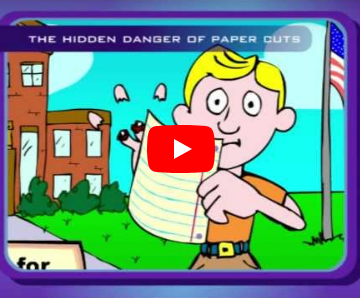After reading Inside Netflix’s bet on advanced video encodingx at The Verge, I got to thinking about my early days interacting with video compression.
From the time I created my first video clips for the internet, the act of managing quality versus bitrate has been a real challenge. This escalated once I had to author DVDs for clients. I’ve had to learn more about codecs and compression than I ever wanted to.
Anyone else remember a time before YouTube? Those of us with websites would offer streaming video as QuickTime, Windows Media, and Real Video formats. Not to mention offer a high and low quality version of each! Flash video (FLV) came next, then H.264.
For DVD production, it was MPEG-2 (M2V), and at Animatus we used a specialized program called TMPEG to make those files. The non-linear editing programs we used certainly couldn’t export them. (It was years before they built that into Premiere.) That’s when we really had to dial in the high/medium/low settings for variable bitrate files. Looking at scenes of fog, rain, and even cross dissolves was where the rubber hit the road.
According to the article, Netflix has developed the new AV1 codec and its successor for encoding streaming video. Bravo to them, especially since they’re making the codecs open source. There was a lot of worry with previous codecs, since some were patented. (The reason Adobe doesn’t make Encore anymore is their dispute with Dolby over their audio format.)
And for Netflix to commission a free-to-use short film to demonstrate and test for compression issues? Very cool.
Here’s something more about the film, Meridian…
And Meridian itself…

